Category: social media
-

10 … no 11 Reasons Tweet at your conference or event.
I have always had “10 Reasons” for tweeting at conferences, but I added an 11th entry this year because it is important. Enjoy! I started tweeting at events when I realized that I was spending as much time and effort tweeting out the most relevant points of the session I was in as I spent…
-
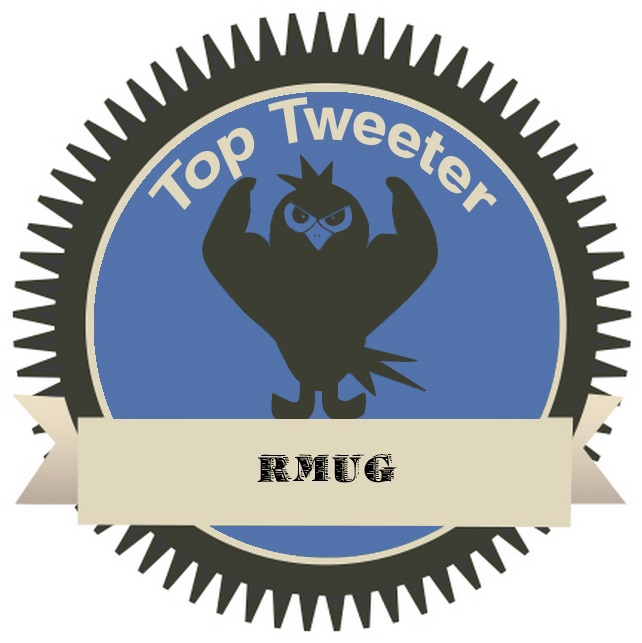
Twitter Palooza Rules of Engagement for #RMUG19
Twitter Palooza — #rmug19 RMUG Twitter Game Rules of Engagement The RMUG conference is almost here. RMUG “Twitterpalooza” will give attendees the opportunity to interact via social media to participate in quests to earn daily prizes as well as entries which enters game participants in the grand prize drawing. Start earning credit toward great prizes…
-
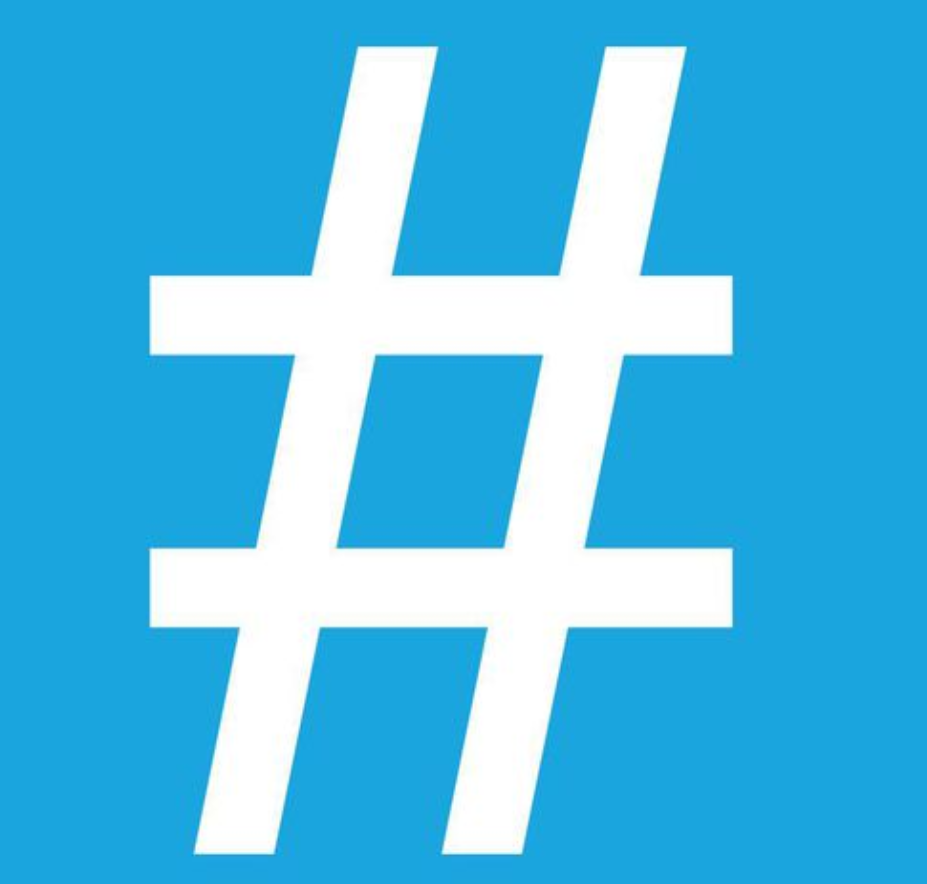
A 3 Step Twitter Intro for Conference Attendees
Conference Tweeting is the best networking tool I have ever encountered. It has given this “wee acorn” the chance to mingle with the “giant oaks” of my profession. When I get to mingle with several hundred or several thousand of my closest friends at events such as RMUG, Educause, eLive, and AACC I always hope…
-
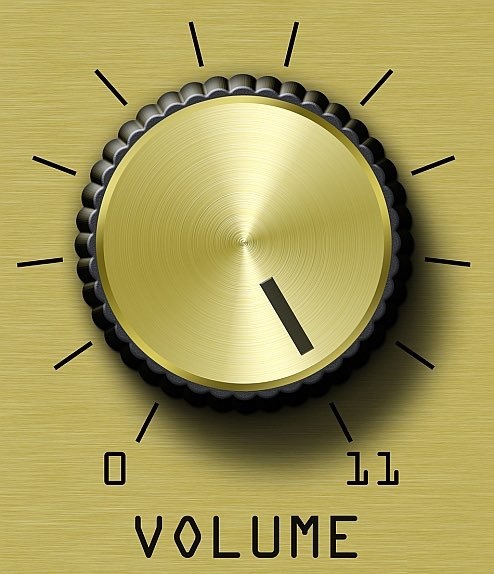
Turning Twitter up to 11: Prepping to Tweet as a Conference Attendee
Turning Twitter Up to 11…at least since yesterday So what is this, “Turning Twitter up to 11” stuff? It developed from to a reply to a Twitter post I made about a previous blog which provides 11 reasons to Tweet at a conference. In a post several years ago I gave 10 reasons to Tweet…
-
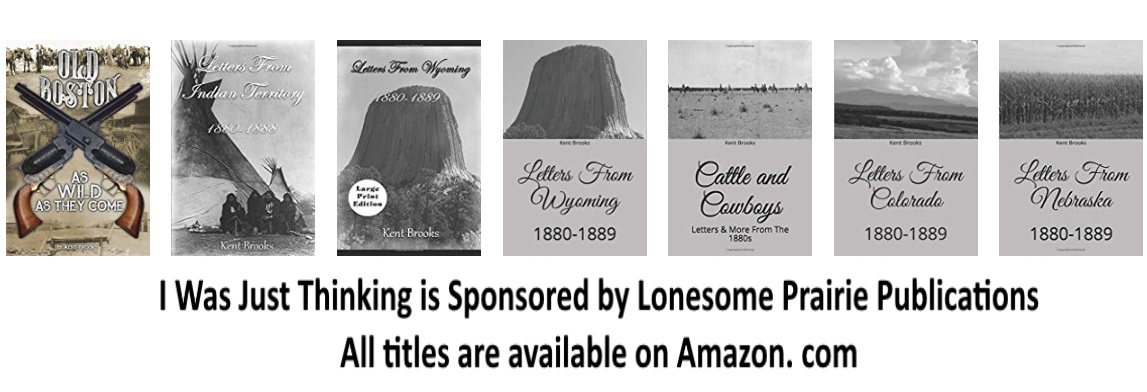
The 15 Must Follow Community College Presidents on Twitter 2018
To do the 2018 Most Social Community College list…or to not do the list…that was the question. Well, for awhile I had decided I would not publish my list of Tweeting Community College presidents I began in 2014. I am publishing my first book this summer (more on that below) and between the book project…
-
10 Reasons to Tweet at Ellucian Live 2018
Here is the latest version of my “10 Reasons to Tweet a Conference?” post. It has changed slightly over the years but is still very relevant. Hope it is helpful. The primary reason to Tweet… Share, Share, Share Tweeting at conferences has allowed me and others to share info from sessions we may not have been able to…
-
The Digital Campfire of Social Media and How it Sparked a Book Project
Greetings from an unseasonably mild but windy Casper Wyoming. I have a little bit of reflection and a couple of messages related to a local history blog, social media, and the sparks that lit a book project about one of the wildest little towns of the old west. Four years ago, I launched Bacacountyhistory.com. At…
-
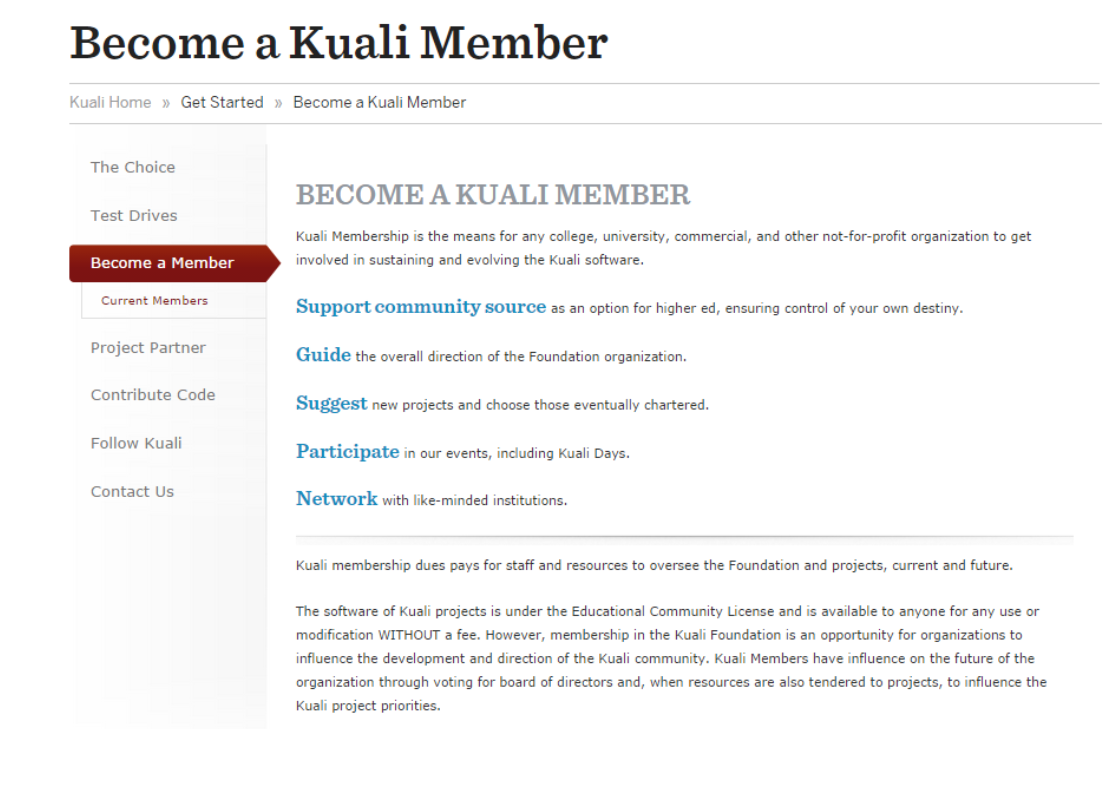
The 15 Must Follow Community College CEOs on Twitter 2017
As we approach the 2017 American Association of Community College Conference in New Orleans I thought I would push out my 2017 list of Social Community College CEOs on Twitter. This list is much larger than the list I started in 2014. In fact, I only did the Top 12, because that is how few…
-
Preparing to Tweet as a Conference Presenter
The will to succeed is important, but what’s more important is the will to prepare. Preparing for social media usage at a conference from the vantage point of a presenter is a little different than as an attendee. Preparation is key if you want to enable your audience to do the best job of sharing…
-
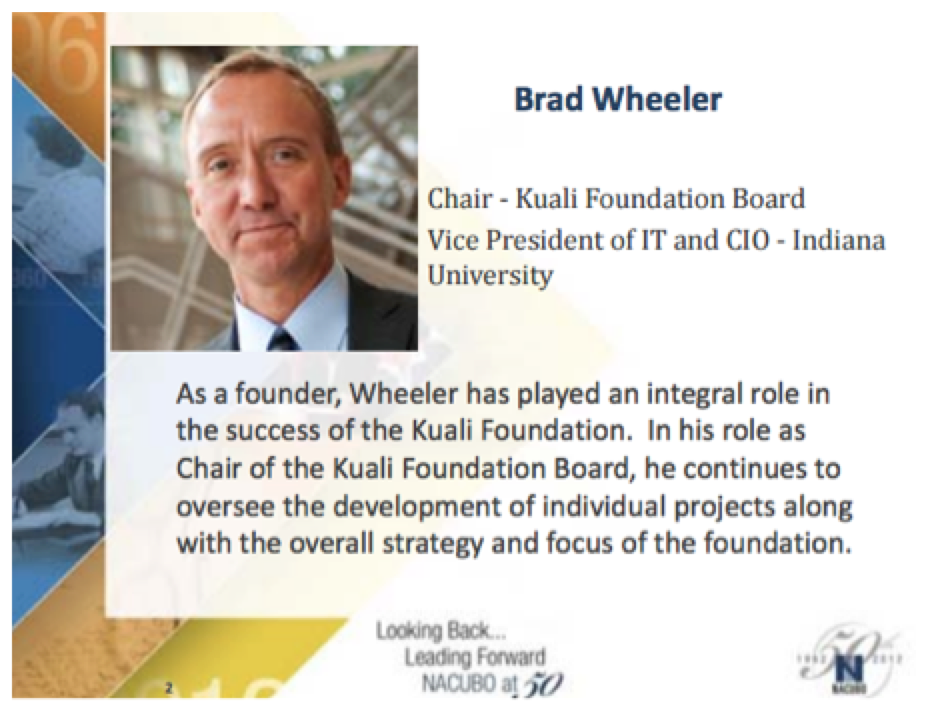
The Magic of the Conference Hashtag: An Ellucian Live Primer #elive17
For me…Twitter is another way for this “wee acorn” to mingle with the “giant oaks” of my profession. What is a Hashtag? In general, a hashtag is a word or phrase used in social media conversations which begin with a pound (#) sign and which are written without spaces in between. i.e. #kentbrooks. The main…